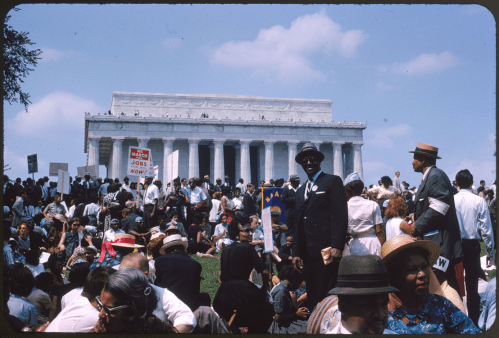The Americas today account for only some ten percent of the world’s internally displaced persons— 2 to 2.5 of a total of 20 to 25 million— yet the continent has experienced some of the worst cases of displacement as well as some of the most successful remedial efforts.
As in Europe, Asia and Africa, civil war has been the preeminent cause of internal displacement in the Americas. In the 1980s civil wars in Central America displaced more than a million people in Guatemala, El Salvador, Nicaragua and Honduras, and in Peru, a virulent Maoist insurgency and government counter-insurgency displaced some 600,000 people. In Haiti political turmoil in the late 1980s and early 1990s uprooted some 250,000. By the end of the 1990s, however, these figures had fallen dramatically. In Peru, since the end of the Shining Path insurgency, the number of internally displaced has declined to some 70,000. With the reestablishment of peace in Central America, no more than a few thousand remain displaced there. Even in Haiti, despite continuing deep poverty and political uncertainty, internal displacement is no longer a problem. And the Chiapas region of Mexico counts some 16,000 displaced.
Today it is Colombia that is the focus of the problem in the Americas, and there it is virulent. Colombia now counts an estimated 1.8 million internally displaced persons, making it the country with the third largest displaced population in the world after Sudan and Angola. Each day, the numbers grow, with more and more people forced from their homes as paramilitary groups, government troops and guerrilla forces battle for control of the country.
But whether in Central America or Peru in the 1980s and early 1990s, or today in Colombia, internal displacement in the Americas has pronounced features that distinguish it from other parts of the world. A look at these, and at the at times innovative solutiosn devised by the peoples and governments of the region, may be helpful not just to those working on problems of forced displacement in the Americas but also in other parts of the world.


Commentary
Internal Displacement in the Americas: Some Distinctive Features
May 1, 2001